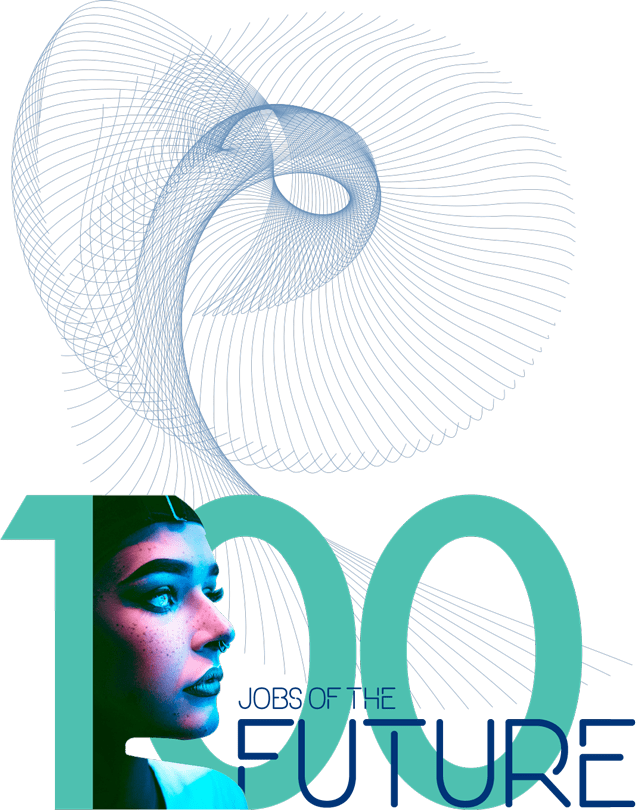Research Design
From the literature review we can see that expert opinion on future work is consistent in descriptions of major trends and future skills orientation, divided on patterns of change, and generally nonspecific on the types of jobs that will predominate over the next 20 or so years. In this 100 Jobs of the Future project our aim is to provide a grounded view of what the world-of-work future might hold, particularly for youth not yet in the market who need to prepare for a future in jobs that do not yet exist. Our aim is to be both optimistic and brave; to put flesh on the bones of an uncertain future so as to provide a multi-faceted snapshot of what future working lives might look like. Other commentators have speculated about future jobs, but we have attempted to do this in a systematic way. We have drawn upon the research described above, particularly the major predictive reports based on trend analyses, expert views and scenario projections, to identify domains of application and industries critical to future work. These included: health, agriculture, engineering and materials science, transport and mobility, computing and artificial intelligence, commerce, and education.
Based on this analysis we recruited eleven experts who are thought leaders in these broad domains, each of whom was uniquely placed to comment on future work trends in their area. We included experts who could offer transdisciplinary perspectives on future work. The list of experts together with a brief biography and summary of their perspectives is found below. Each expert has a public reputation for their work in the field, and many hold positions of leadership, and / or future forecasting and advice, in significant companies or public or academic institutions. They each, therefore, speak with authority. The interviews, of one hour, explored trends in their area of expertise, future job roles, tasks associated with these jobs, and the skills and capabilities that young people might develop to prepare for such roles. Transcripts of these interviews were analysed to identify particular jobs that captured key elements of what the experts were describing. Overall, 100 jobs were constructed that extracted the key trends and messages of the experts, covered a broad set of fields, and represented snapshots of future work in a way that provides insights into what the future might hold, and what skills, capacities and interests might best prepare the youth of today for the work realities of tomorrow.
These 100 jobs of course do not presume to cover the totality of global work in the future. Jobs that will not change at all (we suspect there will be few of those) are not included in this list. Nor do they have a time stamp on them, although we can surmise that the futures our experts are describing will represent the realities of the next 20 years or so. As will become apparent, these realities fundamentally are shaped by advances in computing power and machine automation, science and engineering developments, and the changed possibilities in the way we interact and do business due to these. Some of the jobs are new. Quite a few are surprising and even thought-provoking. Some are not new, but represent today’s jobs with new features implying different experiences, skill-sets and rewards. Many are framed by new technological realities, that being a strong focus for the experts’ insights into changes in their domain.



